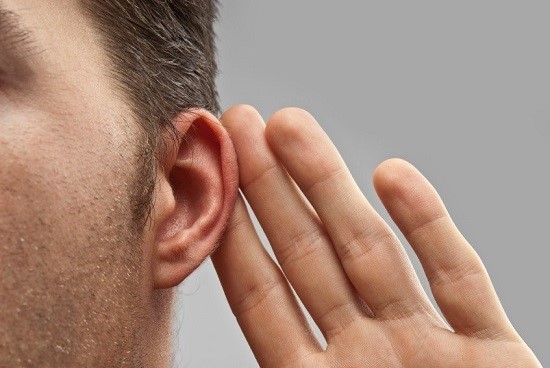
To state that hearing loss is common is a bit of an understatement. In the United States, 48 million individuals report some degree of hearing loss. That means, on average, for every five people you meet, one will have hearing loss. And at the age of 65, it’s one out of three.
With odds like this, how can you escape becoming one of those five?
To help you understand how to conserve healthier hearing throughout your life, we’ll take a closer look at the causes and types of hearing loss in this week’s posting.
How Healthy Hearing Works
Hearing loss is the interruption of normal hearing, so a good place to get started is with a familiarity of how normal hearing is supposed to work.
You can think of normal hearing as composed of three main processes:
- The physical and mechanical conduction of sound waves. Sound waves are produced in the environment and travel through the air, like ripples in a pond, eventually making their way to the external ear, through the ear canal, and ultimately striking the eardrum. The vibrations from the eardrum are subsequently transmitted to the middle ear bones, which then activate the tiny nerve cells of the cochlea, the snail-shaped organ of the inner ear.
- The electrical conduction from the inner ear to the brain. The cochlea, once activated, converts the vibrations into electrical signals that are delivered to the brain via the auditory nerve.
- The perception of sound in the brain. The brain perceives the electrochemical signal as sound.
What’s interesting is that what we perceive as sound is nothing more than sound waves, vibrations, electricity, and chemical reactions. It’s a wholly physical process that leads to the emergence of perception.
The Three Ways Normal Hearing Can Go Wrong
There are three main types of hearing loss, each disrupting some factor of the normal hearing process:
- Conductive hearing loss
- Sensorineural hearing loss
- Mixed hearing loss (a mix of conductive and sensorineural)
Let’s take a closer look at the first two, including the causes and treatment of each.
Conductive Hearing Loss
Conductive hearing loss inhibits the physical and mechanical conduction of sound waves to the inner ear and cochlea. This is attributed to anything that hinders conduction.
Examples include malformations of the outer ear, foreign objects within the ear canal, fluid from ear infections, perforated eardrums, impacted earwax, and benign tumors, among other causes.
Treatment of conductive hearing loss includes extracting the obstruction, treating the infection, or surgical correction of the malformation of the outer ear, the eardrum, or the middle ear bones.
If you have conductive hearing loss, for example from impacted earwax, you could start hearing better immediately following a professional cleaning. With the exclusion of the more serious kinds of conductive hearing loss, this form can be the easiest to treat and can bring back normal hearing completely.
Sensorineural Hearing Loss
Sensorineural hearing loss interferes with the electrical conduction of sound from the inner ear to the brain. This results from damage to either the nerve cells within the cochlea or to the auditory nerve itself.
With sensorineural hearing loss, the brain is provided with weak electrical signals, limiting the volume and clarity of sound.
The main causes of sensorineural hearing loss are:
- Genetic syndromes or fetal infections
- Regular aging (presbycusis)
- Infections and traumatic injuries
- Meniere’s disease
- Cancerous growths of the inner ear
- Side effects of medication
- Sudden exposure to excessively loud sounds
- Long-term exposure to loud sounds
Sensorineural hearing loss is in most cases connected with exposure to loud sounds, and so can be protected against by staying away from those sounds or by shielding your hearing with earplugs.
This type of hearing loss is a little more challenging to treat. There are no present surgical or medical procedures to repair the nerve cells of the inner ear. However, hearing aids and cochlear implants are very effective at taking on the amplification assignments of the nerve cells, creating the perception of louder, sharper sound.
The third type of hearing loss, mixed hearing loss, is simply some mixture of conductive and sensorineural hearing loss, and is treated accordingly.
If you have any struggle hearing, or if you have any ear pain or dizziness, it’s best to pay a visit to your physician or hearing professional as soon as possible. In nearly every instance of hearing loss, you’ll attain the best results the sooner you take care of the underlying problem.
